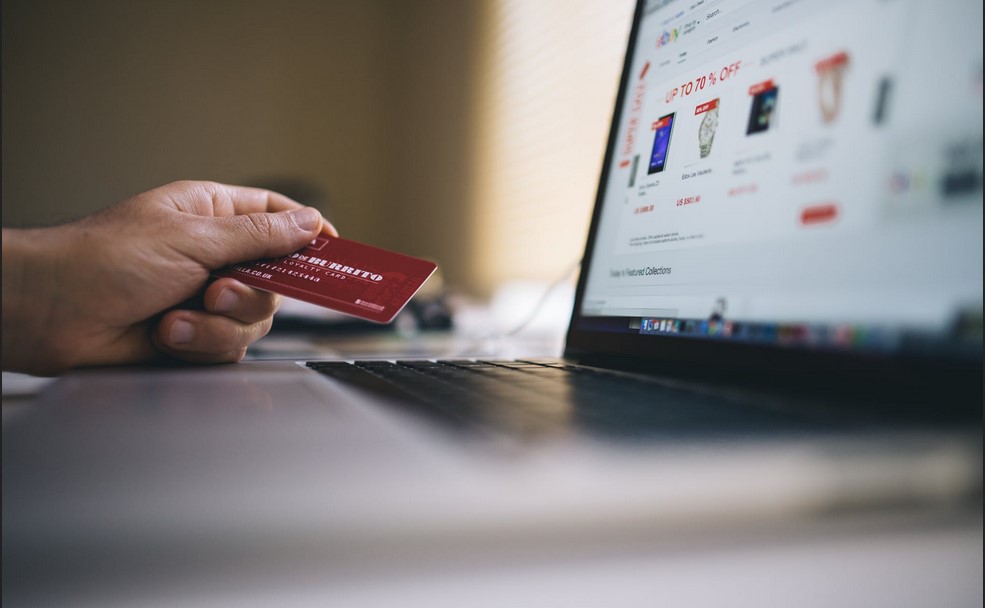Gone are the days when people went to brick-and-mortar establishments to buy whatever they needed to buy and online shopping was a rarity. Today, you’d be hard-pressed to find someone who doesn’t shop online at least once a month.
It’s now easier to pay for things online, and with many brands and retailers catering to a worldwide audience, it’s no wonder online shopping is the norm.
This is especially true around the holidays; very few are willing to endure throngs of people at malls and other physical stores to finish their holiday shopping. So how do you make sure you don’t end up shelling out more than what you intended to pay when buying something online?
General Online Shopping Safety
Make Sure the Website is Secure
Since buying things online usually means using your credit card or digital bank account (e.g. PayPal) to pay for your purchases. If you want to keep someone from stealing sensitive information like your name, credit card number, and so on, you have to make sure you’re using a secure website.
Take a look at the URL; if it starts with just HTTP, you’d best not buy anything on it. On the other hand, if it starts with HTTPS, then you should be good to go. That ‘S’ at the end means the site has secure sockets layer, or SSL encryption installed, so it’s that much harder for someone to just lift your information from the site.
Safeguard Your Computer
According to PCMag, 53% of respondents in a 2018 survey said they use antivirus software. This is important because people who are out to get your money in some way may use malware – viruses and other digital nasties – to get one foot in your virtual door.
Given that, make sure your antivirus software and anti-malware tools are updated so they can keep out even the latest threats while you’re browsing the Internet, looking for the perfect gifts for your in-laws.
If you want to go one step further, invest in a security suite. This will keep away spam, phishing attacks, and spear-phishing emails. The better your security, the better your chances of keeping your data safe.
Buying Authentic Products
Check Out Whom You’re Buying From
In a blog posted in December 2018, Consumer Reports mentions a study that the U.S. Government Accountability Office conducted not too long ago. Almost half of the brand-name products purchased for the study were found to be counterfeit.
Just remember that purchasing from a third-party vendor increases your chances of buying a fake. That’s why it’s crucial that you find out whether you’re buying from the brand itself or from an authorized retailer.
Look at Customer Reviews
Reviews on product pages are usually for more than one seller of a particular product, but it still helps to pay attention. Reviews for the same product that is vastly different bear closer inspection.
Durability issues, questions about quality control, and different customer experiences – all of these could well signal a fake product.
Become Familiar with the Product
To the casual observer, telling the fakes apart from the genuine products may be a tall order. Examine as many examples of the product – in other words, familiarize yourself with the hallmarks of the authentic product, like logos placed in specific areas, or a certain kind of zipper being used.
Protecting Your Rights as a Customer
Talk to the Vendor About Refunding
If you’re looking for authentic watches, apparel, bags, and so on, doing so online can present a challenge.
If there’s a problem with your purchase, your first move should always be to notify the seller and let them know of your concerns. In the best-case scenario, the vendor didn’t know the item was a fake and will issue you a refund.
In the worst-case scenario, the vendor may refuse a refund, and might even deny selling you a counterfeit product. If this happens, don’t be afraid to step things up. Report the vendor, or file a complaint and see about returning the product.
Turn to Your Payment Companies
Did you use a credit card to pay for the fake product? If the vendor refused to refund you, you can dispute the charge and your card company will investigate.
If you used PayPal, don’t worry – you’re covered by the company’s Purchase Protection policy. Just let them know you bought a fake, and they’ll help you get your money back.
Takeaway
As you can see, online shopping still entails some risk, but that shouldn’t keep you from buying something off the Internet. Just keep the above tips in mind, use common sense, and you can make your purchases without any problems at all.
Related Posts












